Fr., Apr. 14th 2023
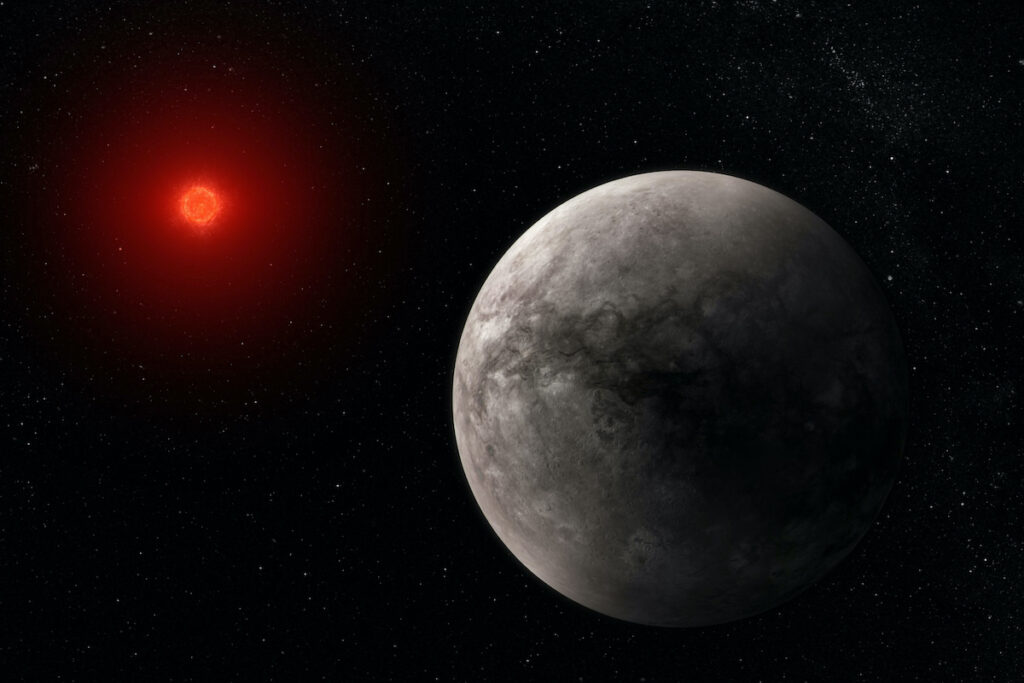
In 2021, Swiss man Marco Sieber answered the European Space Agency’s (ESA) call for new astronauts. He was selected with four others out of an astonishing 22,500 applicants. Being selected is a once-in-a-lifetime opportunity — the ESA has only issued a call for astronauts three times since 1978, with the most recent being in 2008.
ESA’s new class of astronauts includes career astronauts like Sieber, members of the astronaut reserve, and an astronaut selected for the Parastronaut Feasibility Project. Sieber and his classmates just began their 12-month basic training at ESA’s European Astronaut Center near Cologne, Germany.
In an interview with ESA, Sieber revealed that becoming an astronaut is a dream come true. He said that, like many children, he was fascinated with space, but being selected as an astronaut with an opportunity to experience space travel felt unreal.
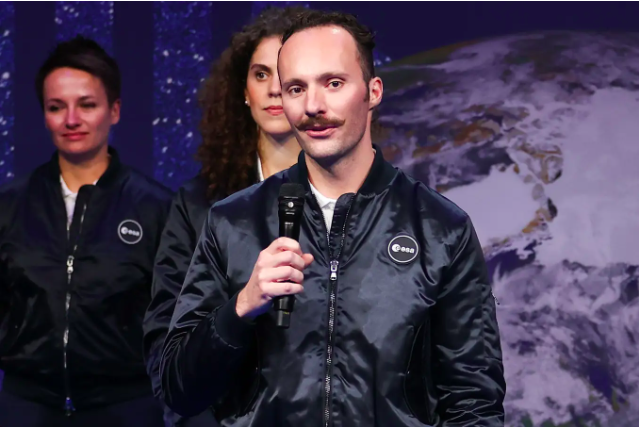
Thirty-three-year-old Sieber grew up in a small village near the Emmental region, studied medicine at the University of Bern, and currently works as a urologist. He previously served as chief medical officer for the Swiss forces in the KFOR international peacekeeping mission in Kosovo.
In his incredible new role as a career astronaut, Sieber will be a full-time ESA staff member. He will receive training for missions to travel to the International Space Station (ISS) and perhaps further afield, the ESA said.
These missions include flights to and from the International Space Station and the Lunar Gateway Station, part of NASA’s Artemis program.
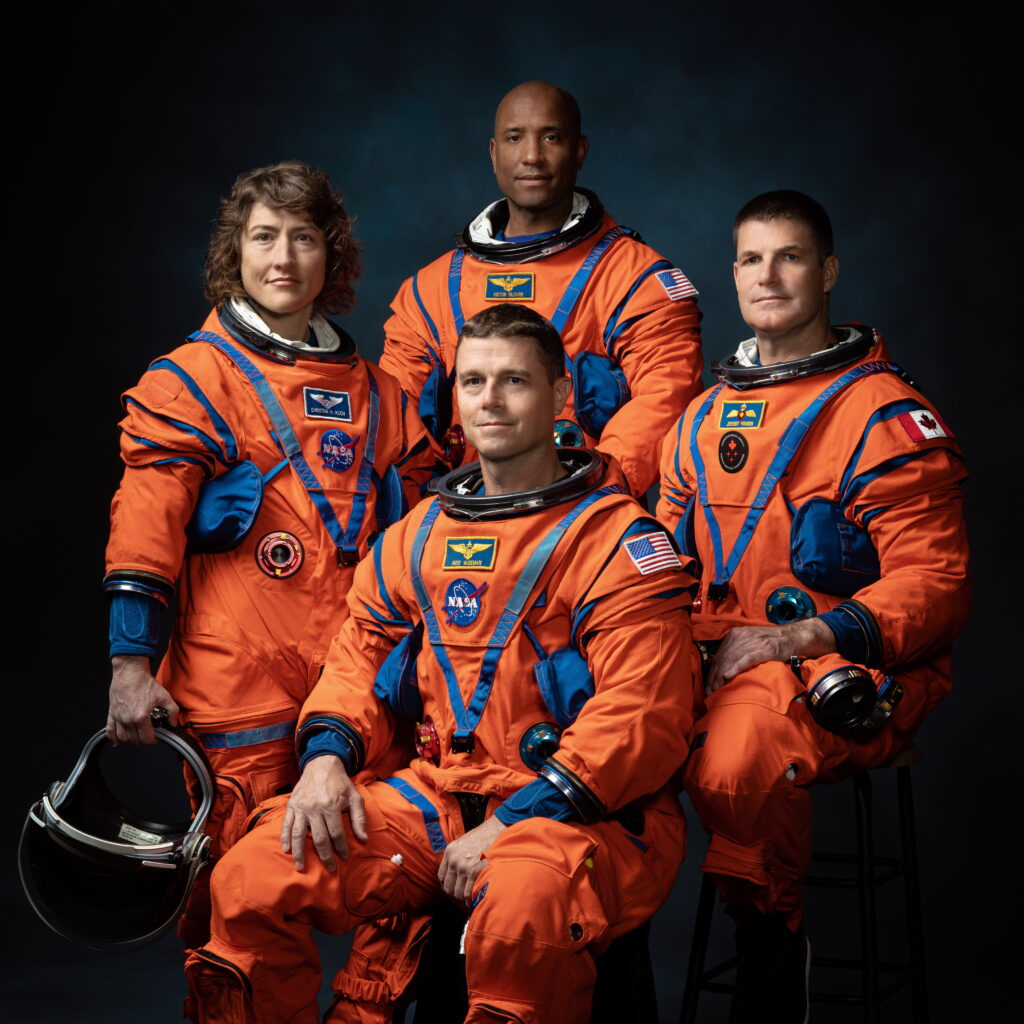
While in space, career astronauts carry out various activities at the International Space Station, ranging from scientific experiments and technological demonstrations to participating in Space Station maintenance.
Sieber says that he finds the combination of the disciplines involved in space travel, such as aviation and planetary science, especially compelling. However, he is fully aware of the challenge and responsibility that astronauts face during missions.
According to the ESA, an astronaut’s role is “test the limits of the human body in space, perform research, support the development of new technologies, and explore the wonders of the universe in one of the most extreme environments imaginable.”
While it’s an incredible time to be involved in space travel, Sieber is not the first Swiss astronaut. He follows in the footsteps of the renowned Claude Nicollier — the first Swiss astronaut and part of the first group of ESA astronauts that were selected in 1978.
Nicollier was also the first non-American to become a full-time NASA mission specialist. During his 30-year career, he was a crewmember on four space shuttle flights, logging over 1,000 hours in space. His missions included servicing and repairing the Hubble Space Telescope.
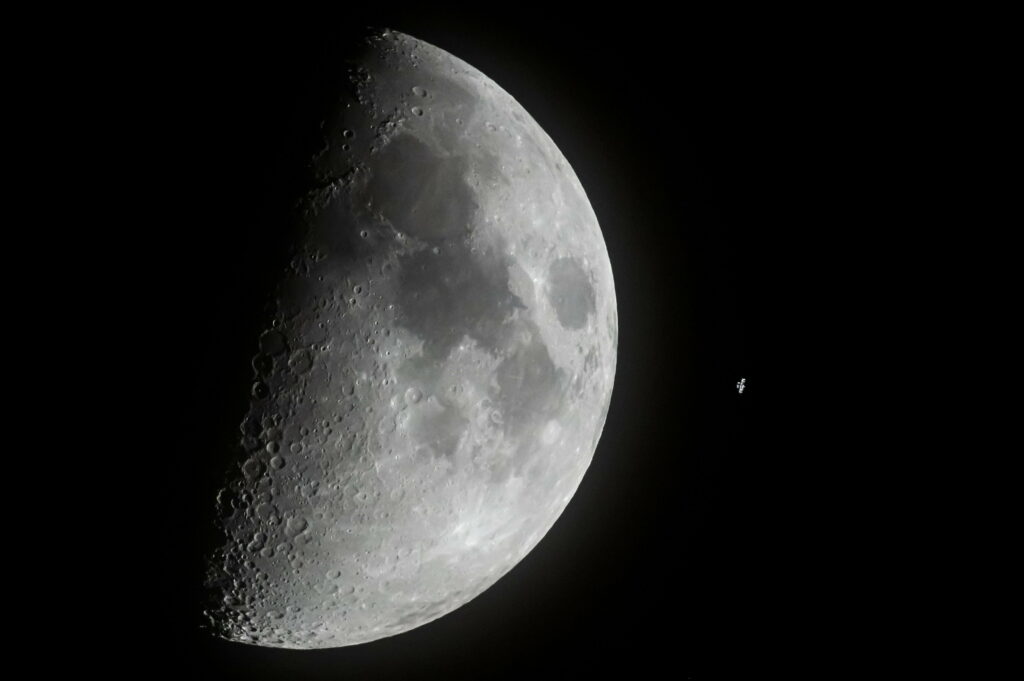
Technology like the Hubble telescope has changed our fundamental understanding of the universe and helped make it a fascinating time for space exploration.
“This is an extraordinary time for human spaceflight and for Europe. After the successful launch of Artemis I with ESA’s European Service Module powering Orion to the Moon, we are at the forefront of human space exploration,” says David Parker, ESA director of Human and Robotic Exploration.
According to NASA, Artemis is the first step in the next era of human exploration. Together with commercial and international partners like ESA, NASA plans to establish a sustainable presence on the moon to prepare for missions to Mars.
“Then, we will use what we learn on and around the Moon to take the next giant leap: sending the first astronauts to Mars.”
And Swiss technology is playing a vital role in making this dream a reality.
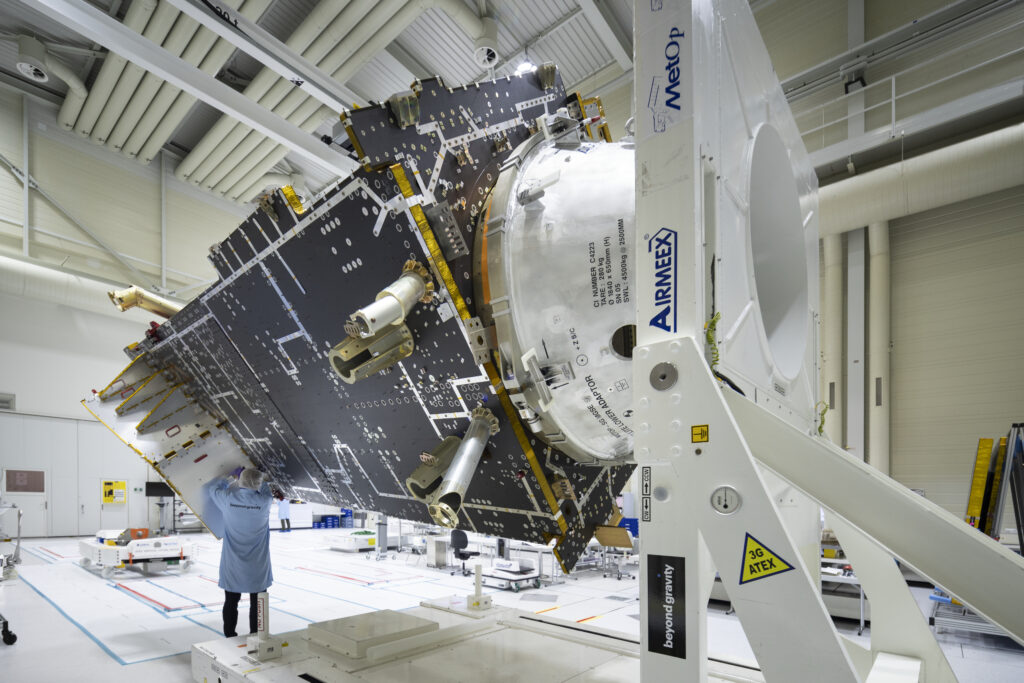
In this new era of bringing humans back to the moon, Switzerland is providing critical elements of the European Service Module (ESM) of Artemis’ Orion spacecraft and the SLS (Space Launch System) launch vehicle.
The ESM is a crucial element of Orion. It’s the “heart and lungs” for astronaut lunar missions. The module provides propulsion, power, and thermal regulation and will supply astronauts with water and oxygen on future missions. The ESM is installed below the crew module. Together, the two make up the Orion spacecraft.
The Orion will carry astronauts beyond low Earth orbit for the first time since the Apollo program ended in the 1970s.
The Swiss company Beyond Gravity is supplying key elements for all Orion spacecraft as well as for the SLS launch vehicles. With its partner TTTech, the company is also supplying the main network electronics for the NASA Gateway, guaranteeing secure and reliable communications between Earth and the space station.
This technology will be leveraged during the Artemis II flight, whose crew NASA recently announced. Artemis II is the first crewed mission on NASA’s path to establishing a long-term presence on the moon for science and exploration.
Unsurprisingly, building an outpost on the moon comes with a hefty price tag. Last year the 22 ESA member nations signed off on the organization’s CHF16.5 billion budget for the next three years. The Swiss contribution came to CHF600 million. According to the Federal Statistics Office, Switzerland averages an annual contribution of CHF185 million to the ESA.
Like other space organizations, the ESA is firmly convinced the cost is worth the reward.
ESA’s new program aims to increase Europe’s autonomy in space while strengthening its leadership in science and technology. It has also pledged to act responsibly and develop solutions to mitigate climate change.
In a recent ESA Explores podcast, Parker stated that “the development of new human-rated spacecraft presents even more opportunities for European astronauts to travel to the International Space Station and beyond as the Agency enters a new decade of space exploration.”
Dieser Artikel darf frei weitergegeben und nachgedruckt werden, vorausgesetzt, es wird auf den Originalartikel verwiesen.
